Overview
The Museum of Egyptian Antiquities, commonly known as the Egyptian Museum (also called the Cairo Museum), located in Cairo, Egypt, houses the largest collection of Egyptian antiquities in the world. It houses over 120,000 items, with a representative amount on display. Located in Tahrir Square in a building built in 1901, it is the largest museum in Africa. Among its masterpieces are Pharaoh Tutankhamun's treasure, including its iconic gold burial mask, widely considered one of the best-known works of art in the world and a prominent symbol of ancient Egypt.
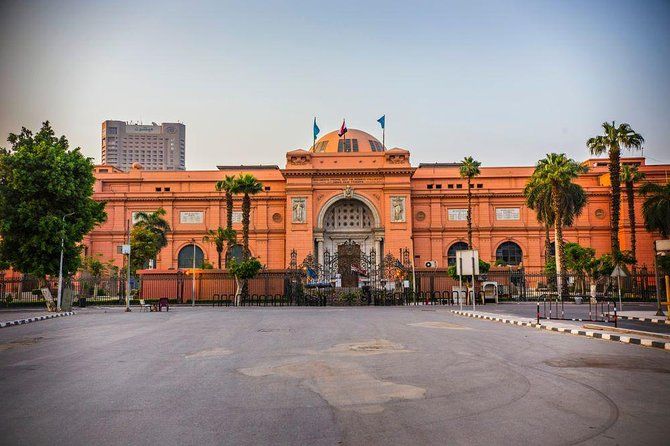
This enormous reddish-bricked Neoclassical building on the banks of the Nile is home to the world's greatest collection of Ancient Egyptian antiquities. Statues, paintings, reliefs, and the glittering treasures found in the funerary complexes of the Pharaohs are among the museum's extensive collections.The highlights are a number of artifacts from the Valley of the Kings, especially from the intact tomb of Tutankhamun, and the Mummies Hall, where visitors can see the mummified remains of important Pharaohs and other royals.
Interior design and collections
There are two main floors in the museum, the ground floor and the first floor. On the ground floor is an extensive collection of large-scale works in stone including statues, reliefs and architectural elements. These are arranged chronologically in clockwise fashion, from the pre-dynastic to the Greco-Roman period. The first floor is dedicated to smaller works, including papyri, coins, textiles, and an enormous collection of wooden sarcophagi.
The numerous pieces of papyrus are generally small fragments, owing to their decay over the past two millennia. Several languages are found on these pieces, including Greek, Latin, Arabic, and ancient Egyptian. The coins found on this floor are made of many different metals, including gold, silver, and bronze. The coins are not only Egyptian, but also Greek, Roman, and Islamic. This has helped historians research the history of Ancient Egyptian trade.
Also on the ground floor are artifacts from the New Kingdom, the time period between 1550 and 1069 BC. These artifacts are generally larger than items created in earlier centuries. Those items include statues, tables, and coffins (sarcophagi). It contains 42 rooms; with many items on view from sarcophagi and boats to enormous statues.
On the first floor are artifacts from the final two dynasties of Egypt, including items from the tombs of the Pharaohs Thutmosis III, Thutmosis IV, Amenophis II, Hatshepsut, and the courtier Maiherpri, as well as many artifacts from the Valley of the Kings, in particular the material from the intact tombs of Tutankhamun and Psusennes I.
Until 2021, two rooms contained a number of mummies of kings and other royal family members of the New Kingdom. On April 3, 2021, twenty-two of these mummies were transferred to the National Museum of Egyptian Civilization in Fustat in a grand parade dubbed The Pharaohs' Golden Parade.
Must see
The Egyptian Museum in Cairo has the world’s largest collection of Ancient Egyptian antiquities – including many must-see masterpieces like the gold mask of Tutankhamun.This iconic museum in Tahrir Square is simply massive. It holds some 120,000 items across two floors that are packed with artifacts.
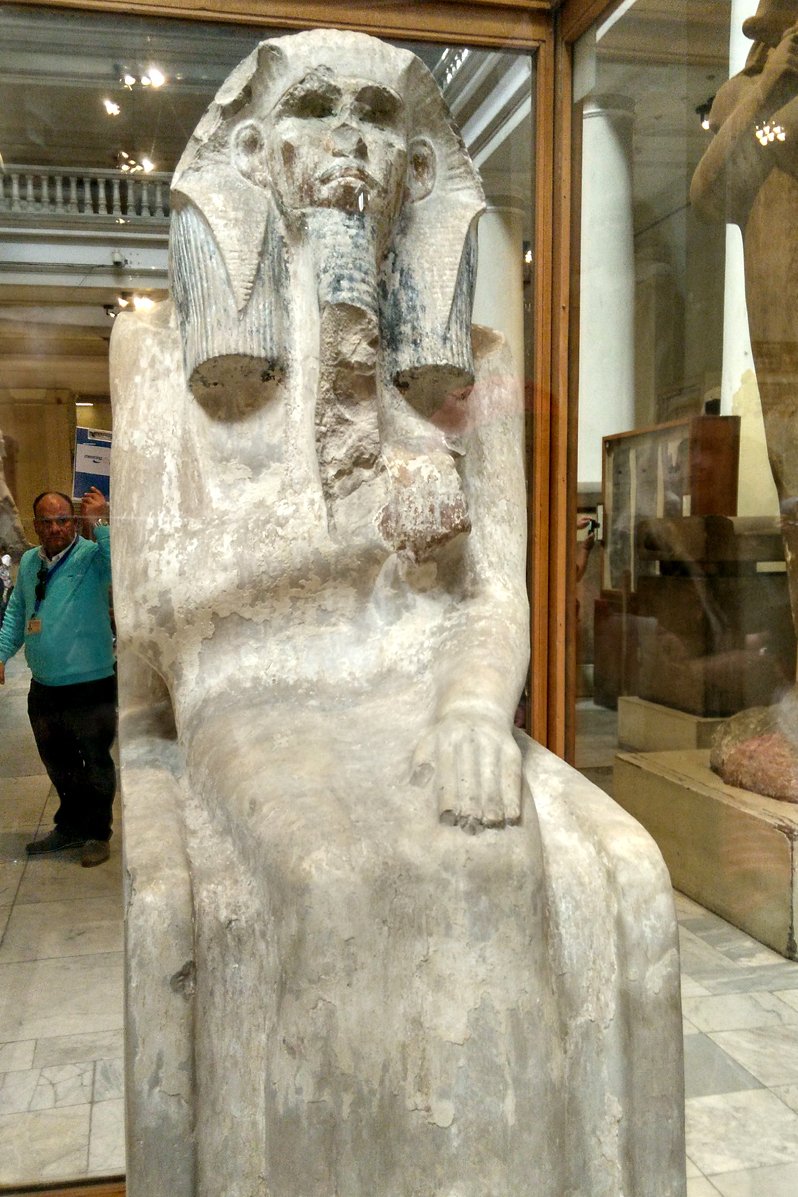 |
 |
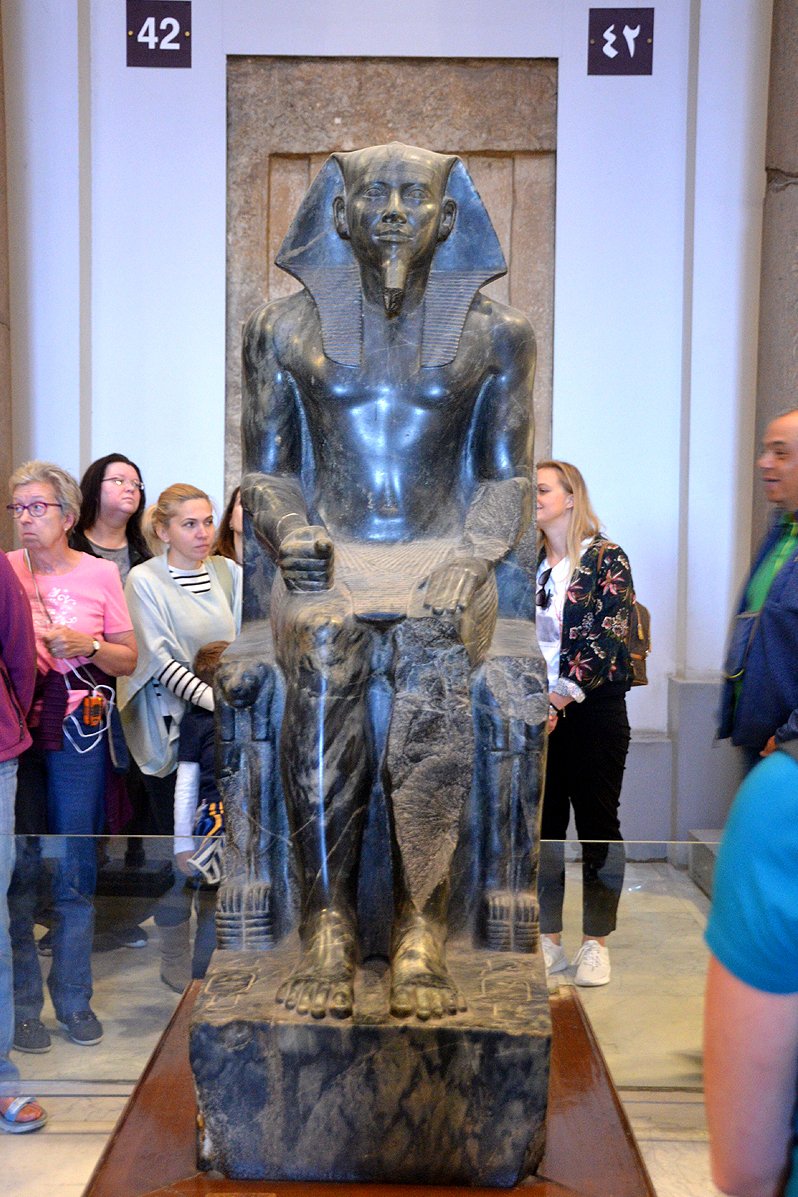 |
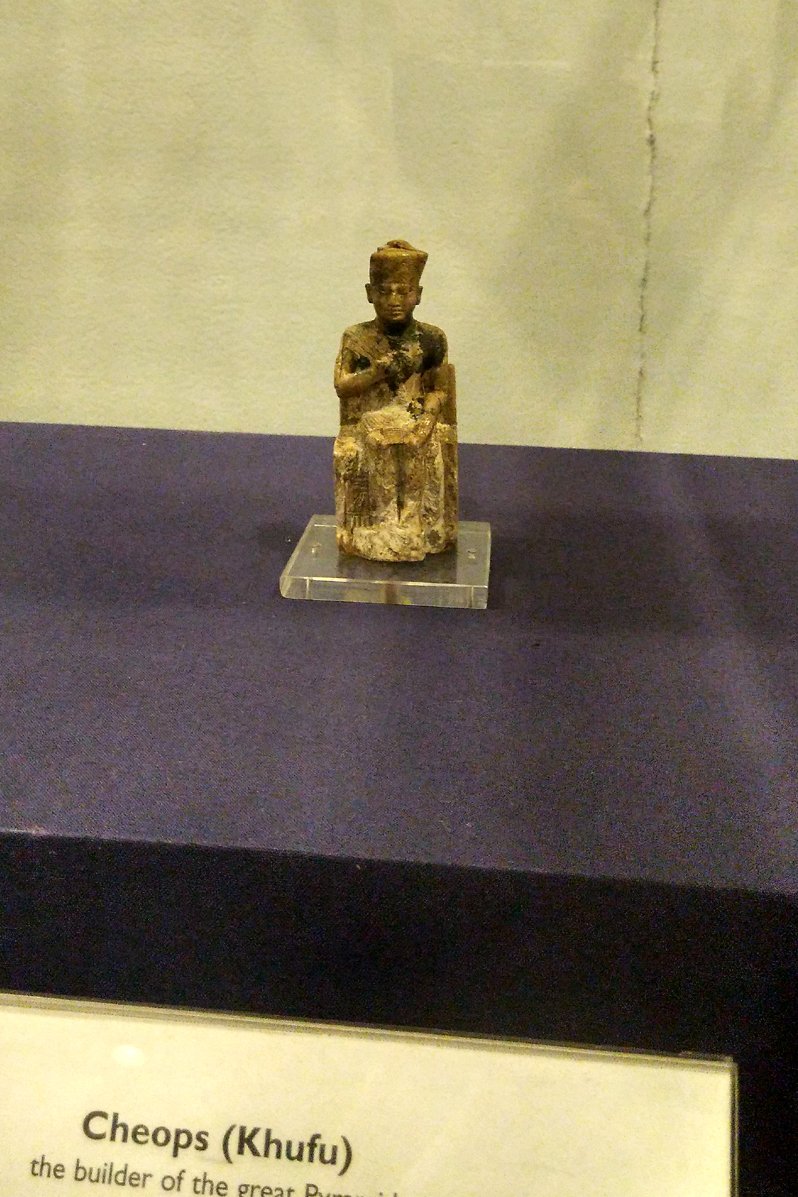 |
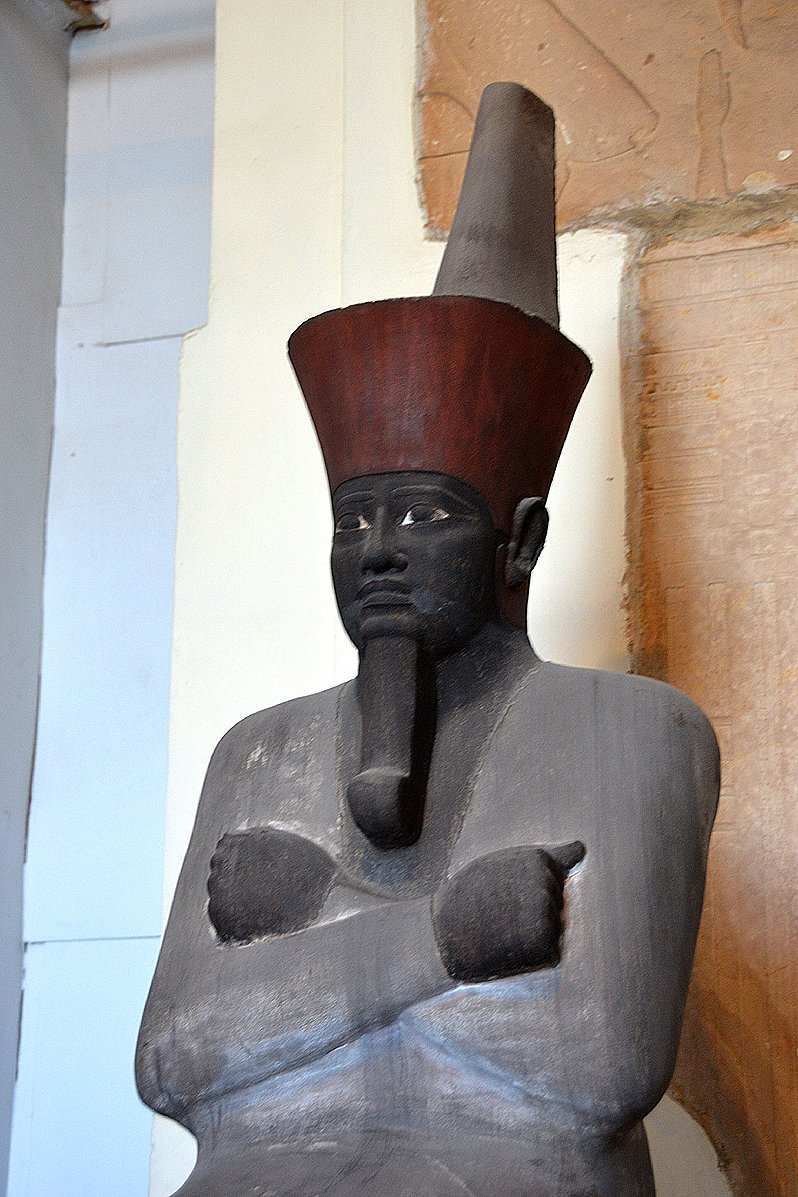 |
| Statue of Djoser (Old Kingdom) | Meidum Geese (Old Kingdom) | Statue of Khafre (Old Kingdom) | Statuette of Khufu (Old Kingdom) | Statue of Mentuhotep II (Middle Kingdom) |
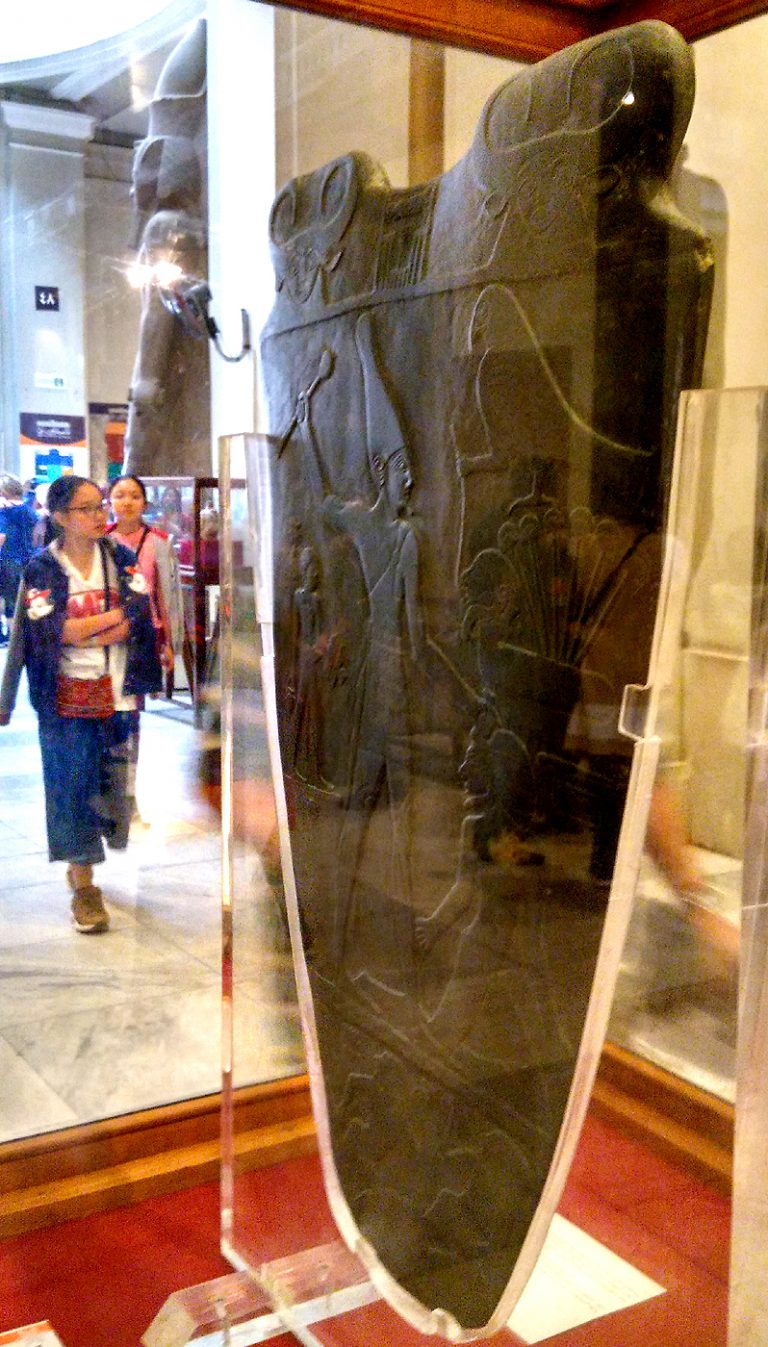 |
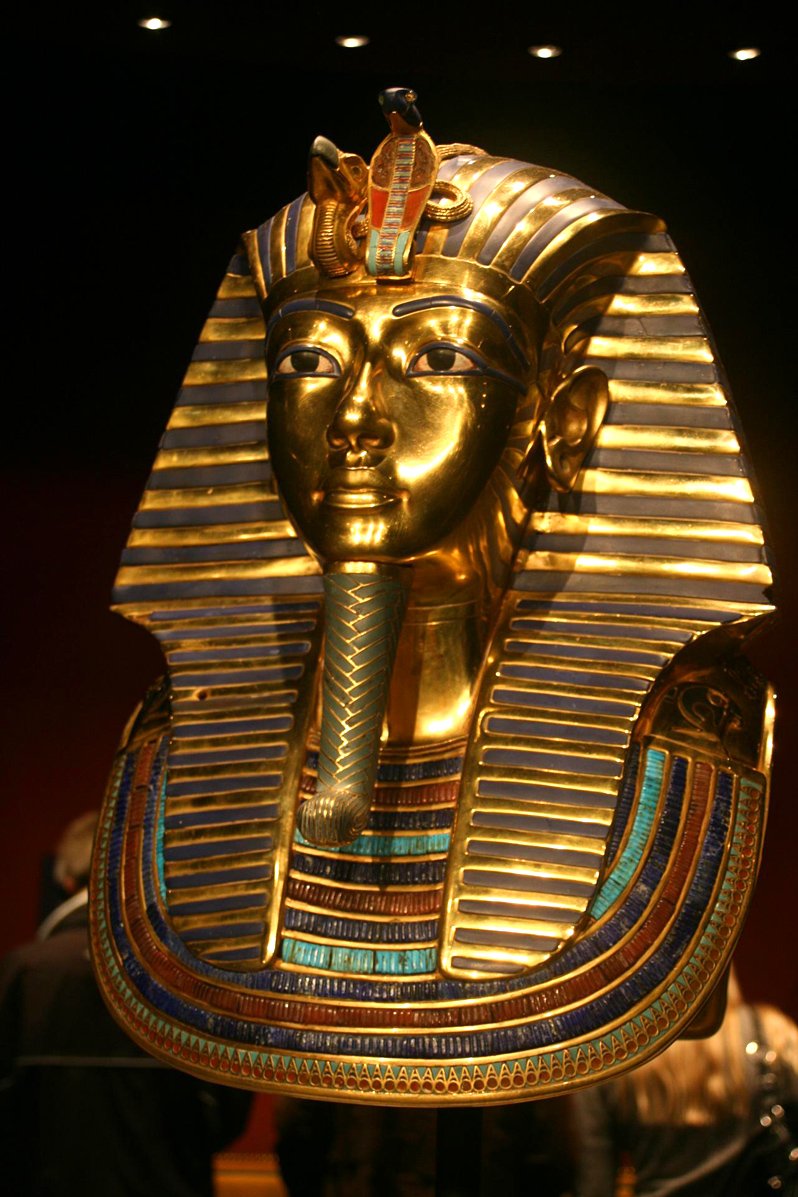 |
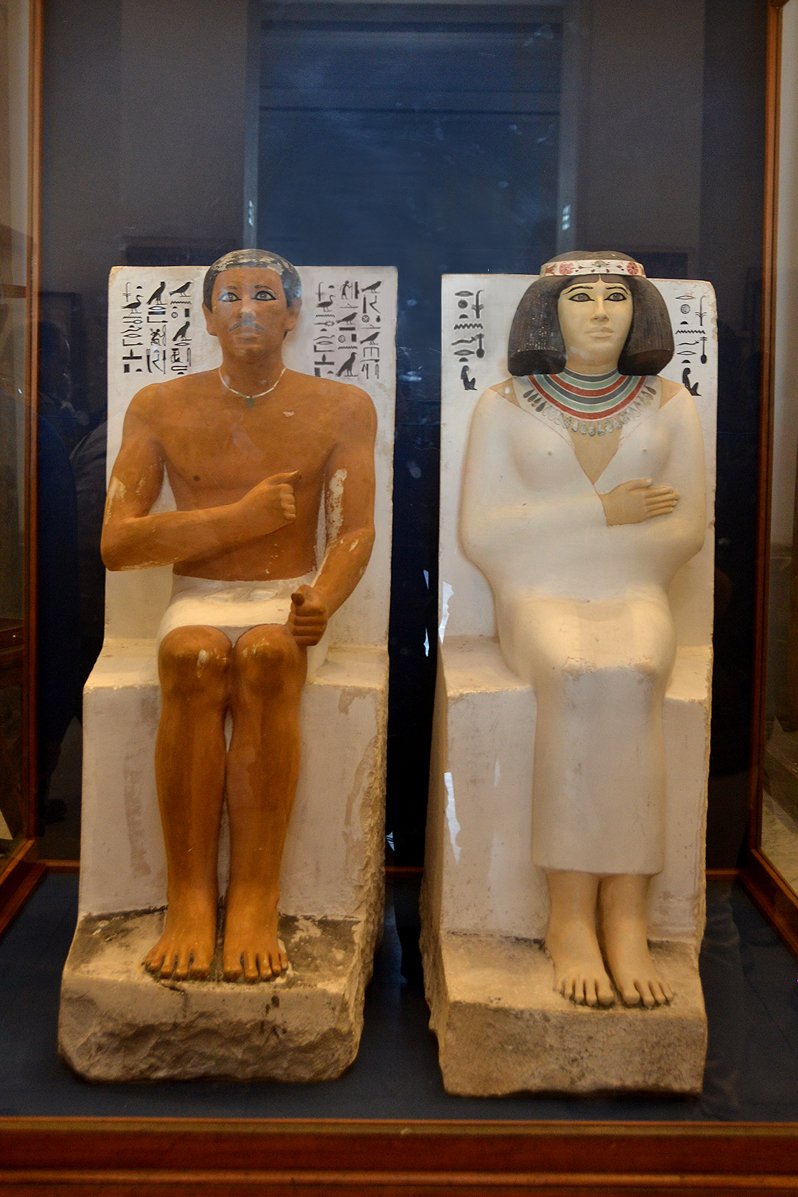 |
 |
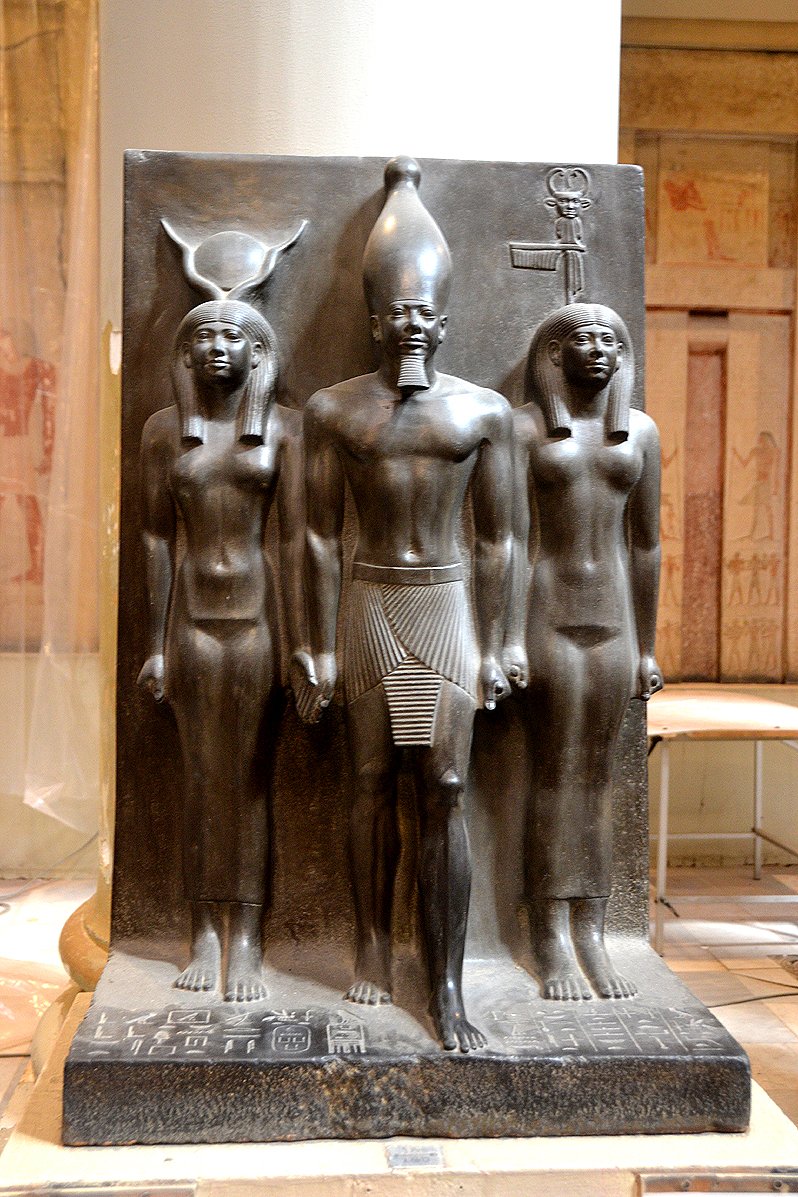 |
| Narmer Palette (Old Kingdom) | Mask of Tutankhamun (New Kingdom) | Statue of Rahotep and Nofret (Old Kingdom) | Statue of Ka-aper, aka Sheikh el Balad (Old Kingdom) | Menkaure Triad (Old Kingdom) |
Expanding the exhibition
With an ever-growing collection over time, as more and more archaeological discoveries are made, not all of the museum's 120,000-odd incredible artifacts can be shown at one time, and many antiquities remain safely stored away.
Luckily, there is a solution: the Grand Egyptian Museum is currently under construction on the Giza plateau. Planned to open in 2023, it'll be the largest archaeological museum in the world and will showcase the entire Tutankhamun collection, as well as a huge number of pieces that will be on display for the first time ever. Get booking your trip!
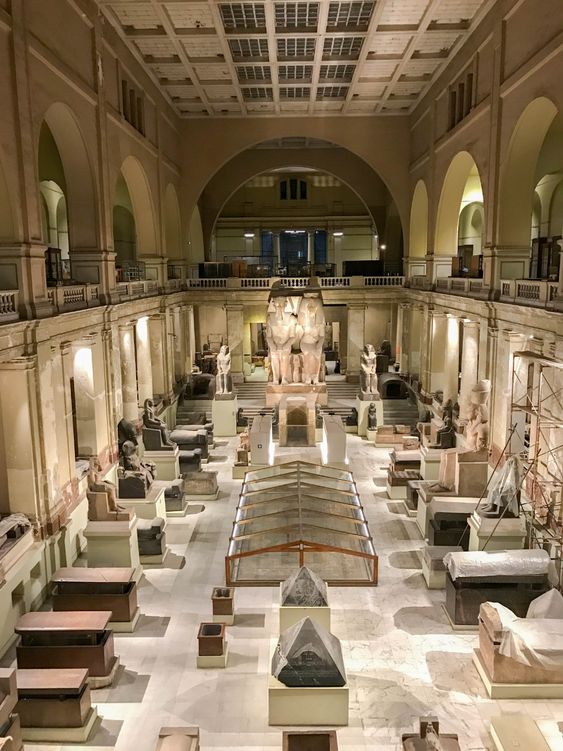
Tour
A detailed tour of the egyptian museum and all the artifacts in it